In the north of the country, at the Lima river estuary, between the Atlantic ocean and the verdant Minho region hills, lies the charming town of Viana do Castelo.
In 1258, King Afonso III of Portugal, issued a foral, naming the area of Viana. Fast forward few centuries, Viana, one of Portuguese significant ports, became involved in the Age of Discovery. The sailing ships were built here and set sail to explore and return with worldly treasures. Viana do Castelo expanded into a thriving trade centre through its commerce with Northern Europe and later with Brazil.
In 1848, Viana do Castelo was elevated to the status of the city by the Queen Maria II of Portugal. The shipping and codfish industries continue to this day, whilst tourism is only starting to play a significant role.
Getting to Viana is quick and easy. A direct train from Porto will take you there in just 1 hour, enough for the mid morning stroll and right in time for lunch, at one of Viana's local restaurants.
You may choose to have your lunch in any of the restaurants along the pretty flower filled streets or in the heart of the town - the Praça da República square, whilst looking at the Chafariz fountain, with its much admired water spewing figures, dating back to the 1500s.
Sitting in the company of Roman archways, Renaissance balconies, enjoy the town's speciality Pescada a Vianesse, consisting of codfish with lemon juice and garlic, baked with sliced potatoes and onions, or Caldo Verde, the famous vegetable soup, made with kale and potatoes, originating from the nearby Minho region. The favoured local white wine is Vinho Verde; however with the Duoro Valley not too far, the wines of that region are also appreciated by locals and tourists alike.
This beautiful city is best appreciated from atop the Monte de Santa Luzia - an eucalyptus tree covered mount, offering some of the best panoramic views in Portugal, with its fairly modern basilica Santuário de Santa Luzia. Dedicated to Santa Luzia and the Sacred Heart of Jesus, building work on the basilica started in 1904 and finished in 1959. Its imposing rose windows are the largest in the Iberian Peninsula and the second largest in Europe.
You may want to reach the top by funicular and use the steps on your way down to enjoy the spectacular views, rated by the National Geographic Magazine as the third most beautiful in the World.

 local souvenirs, pottery and regional crafts are much loved and available all around town
local souvenirs, pottery and regional crafts are much loved and available all around town



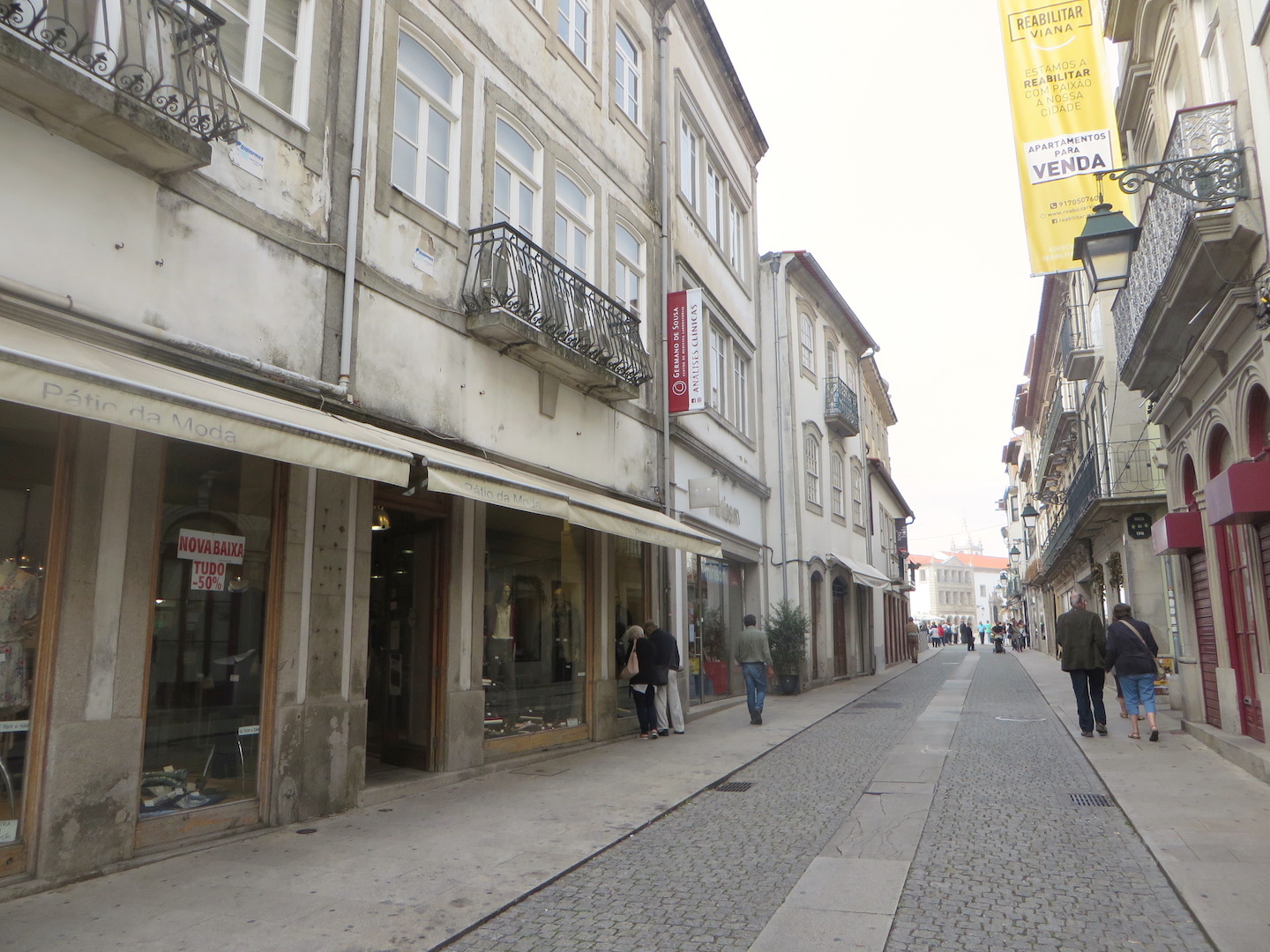
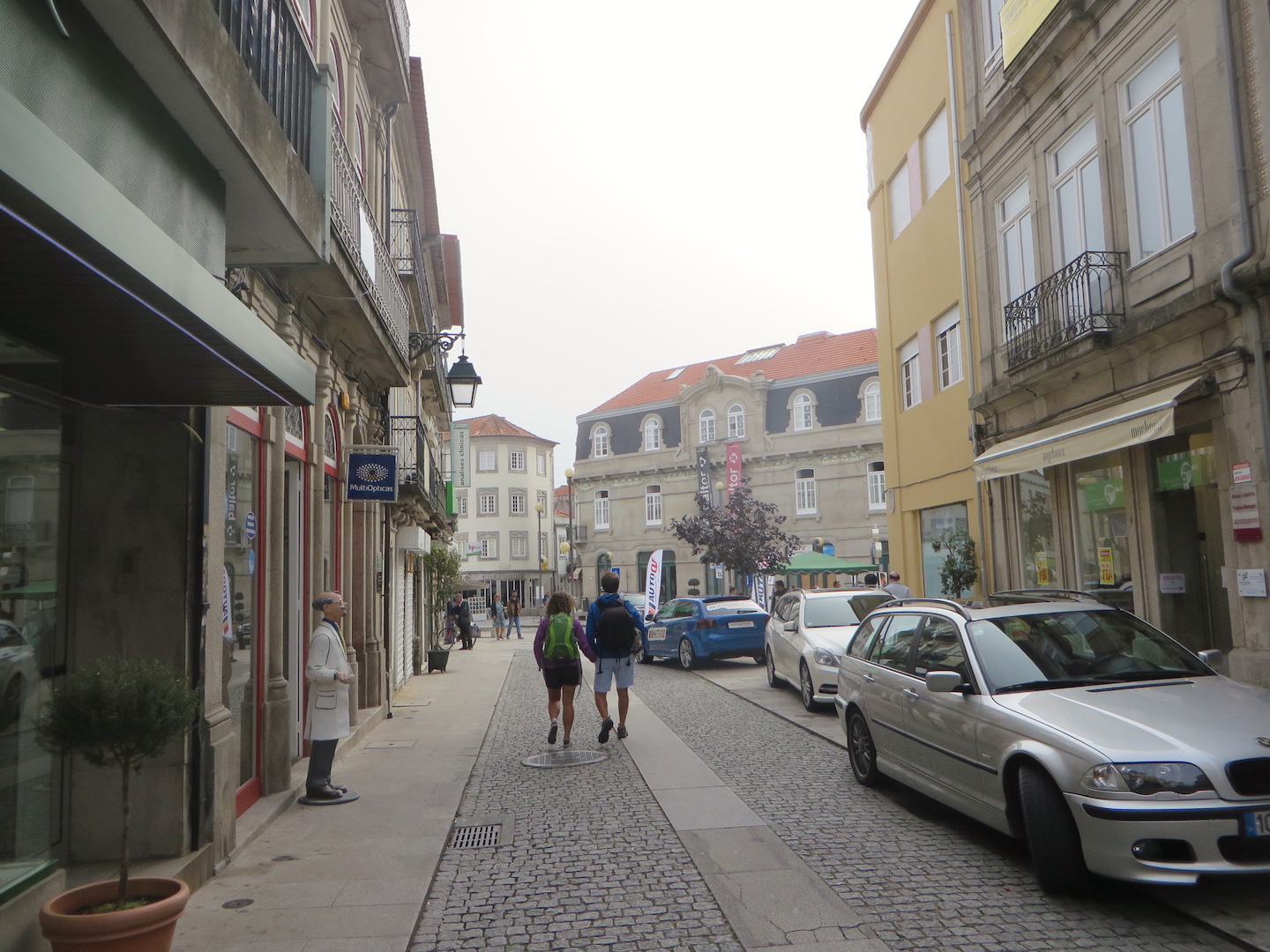

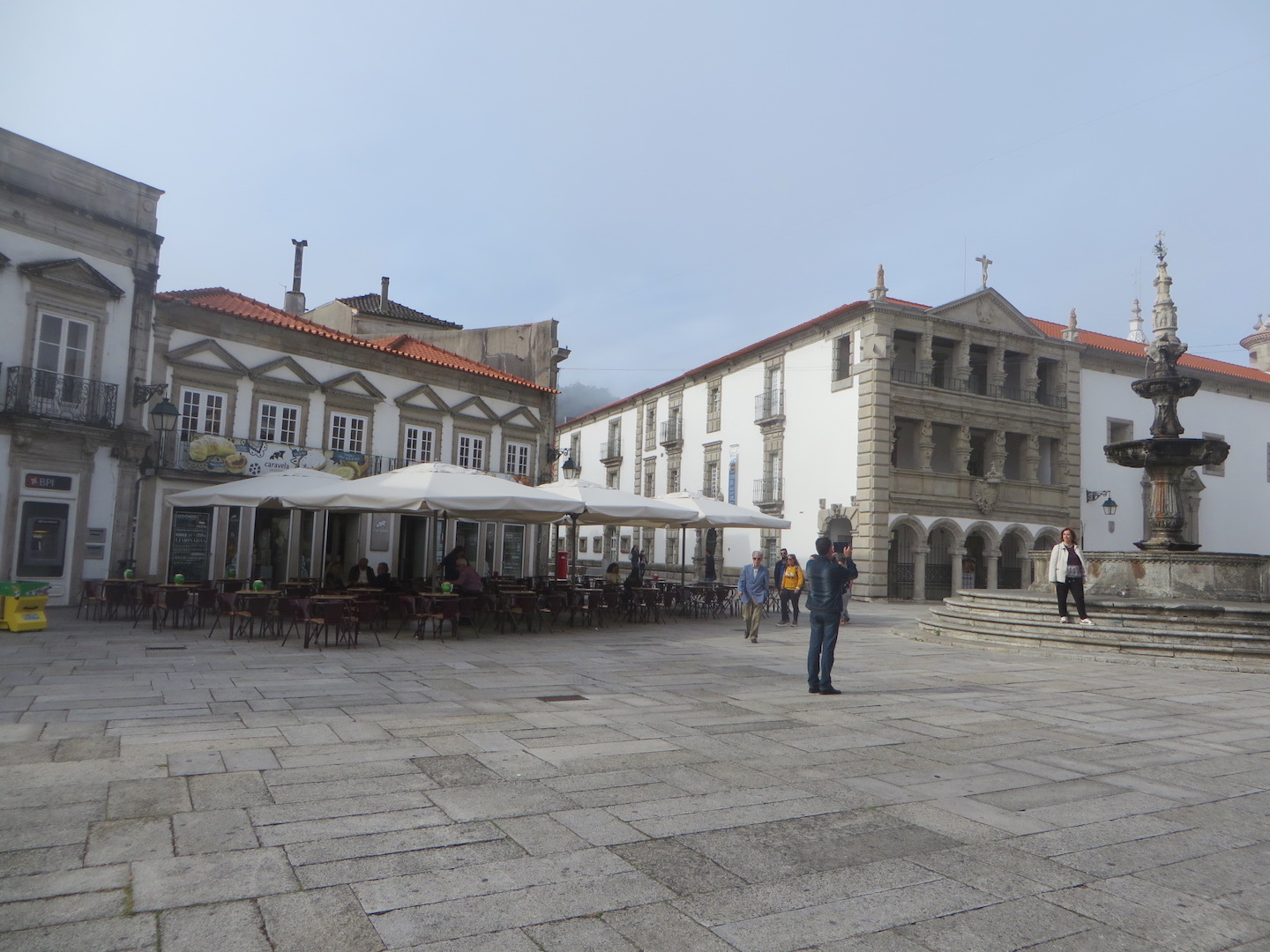


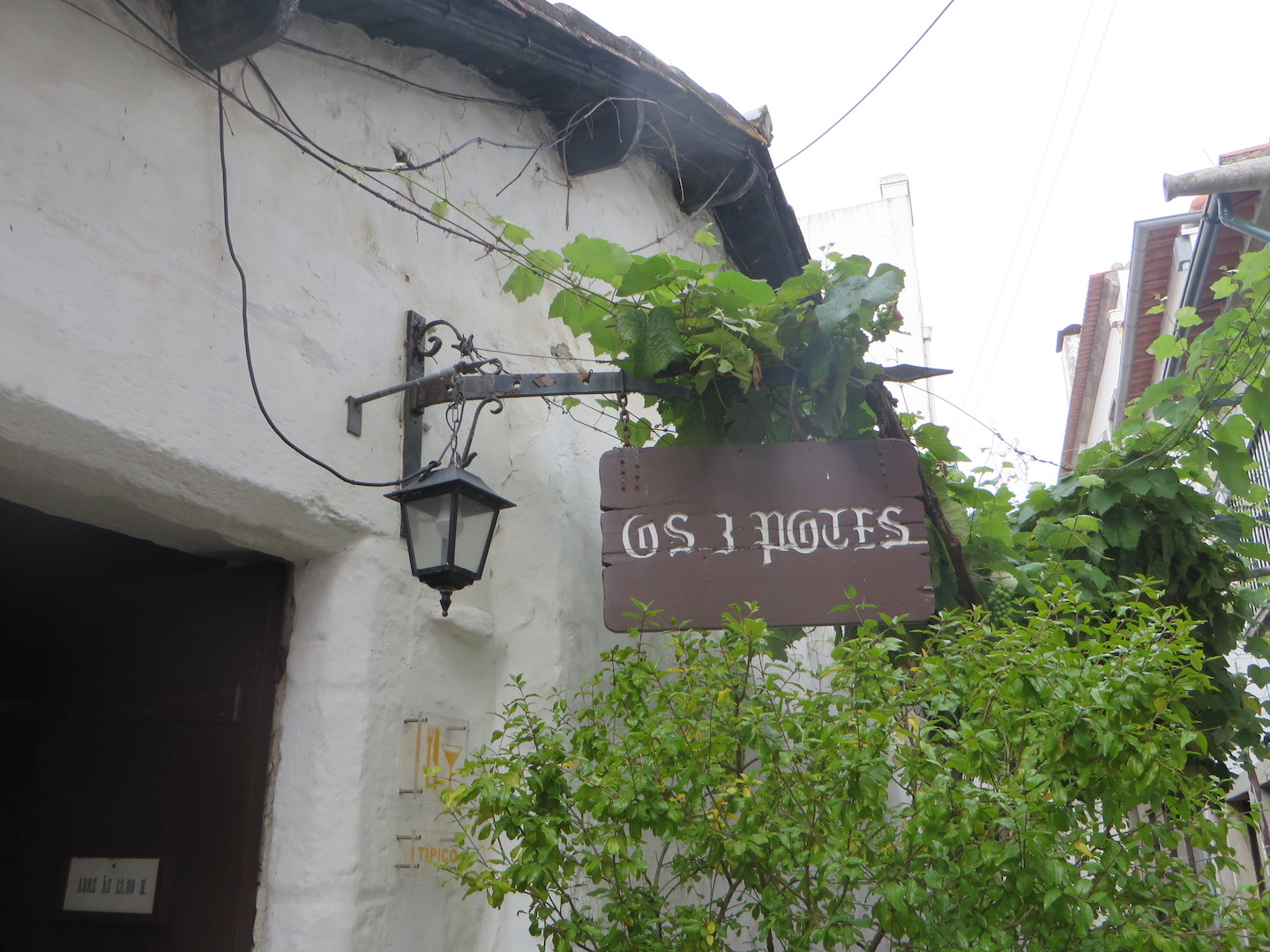
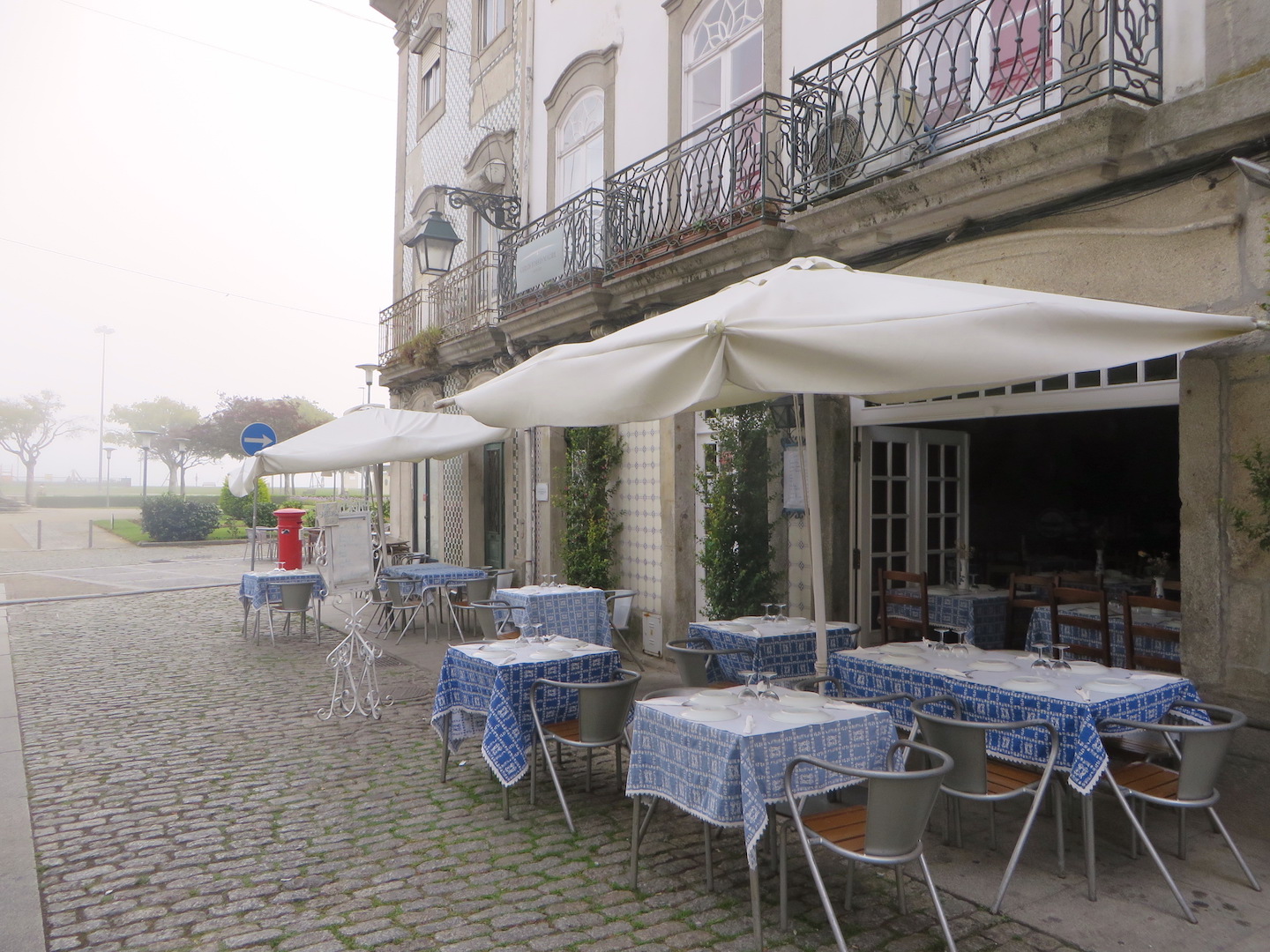

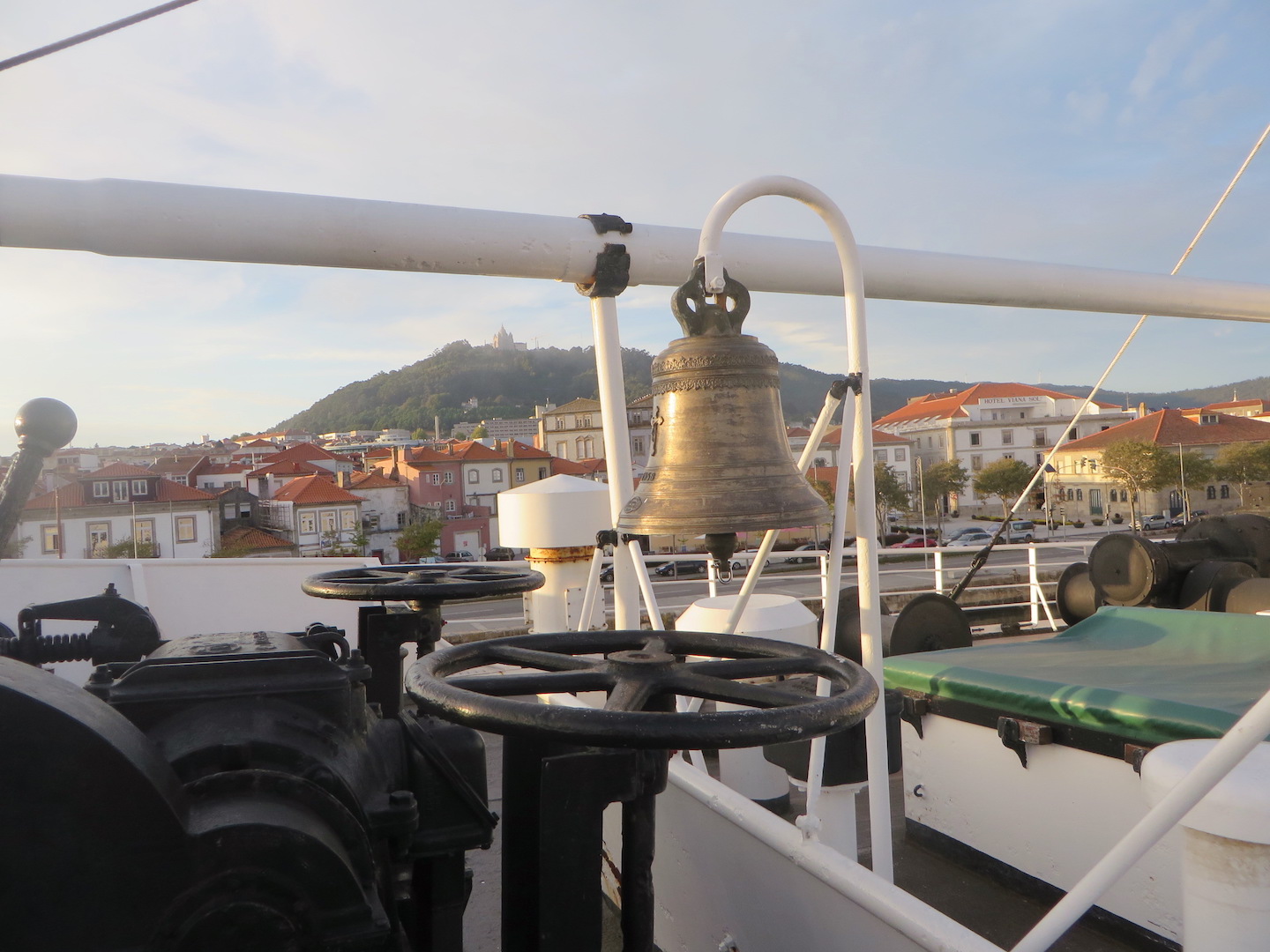

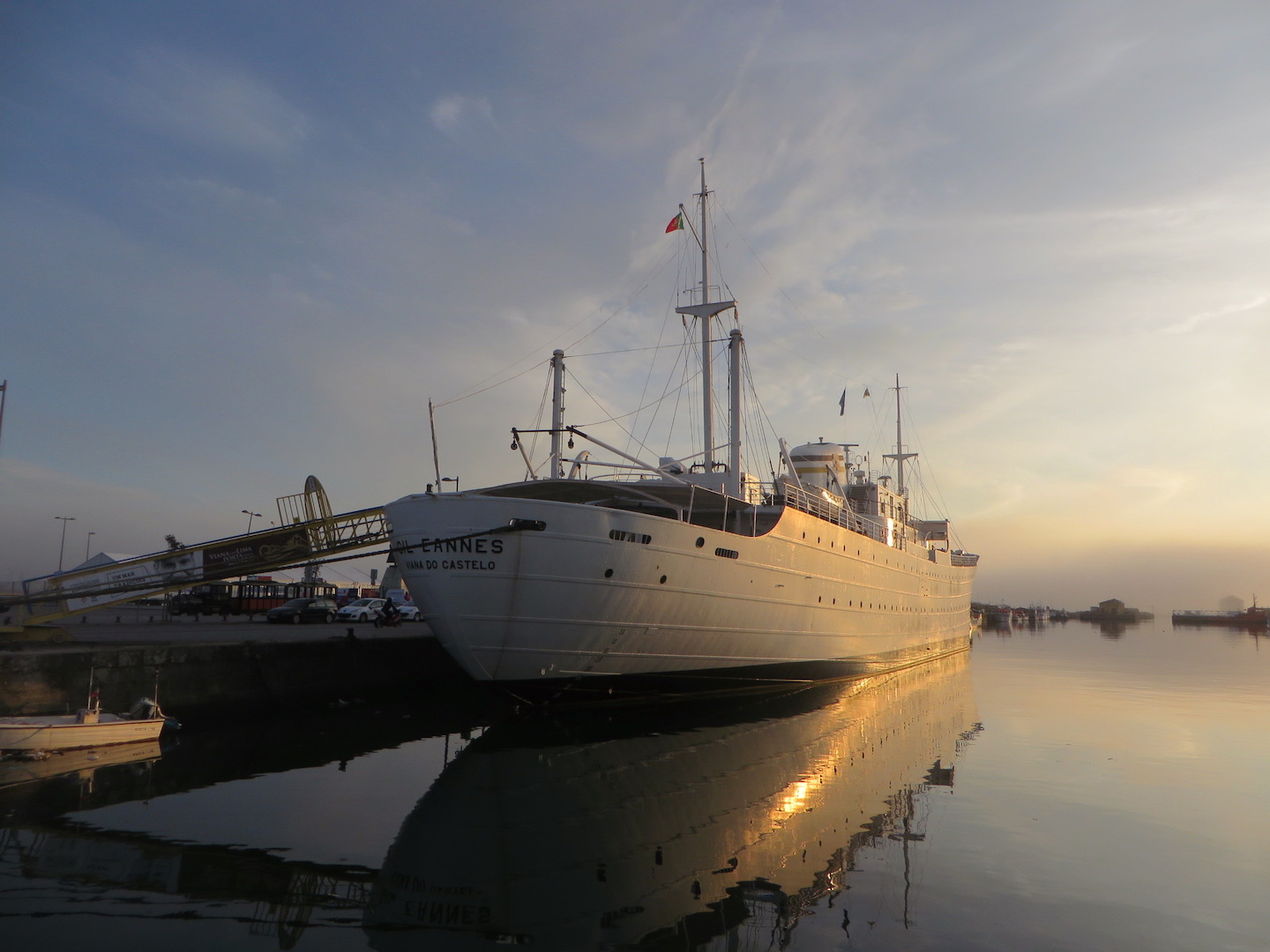

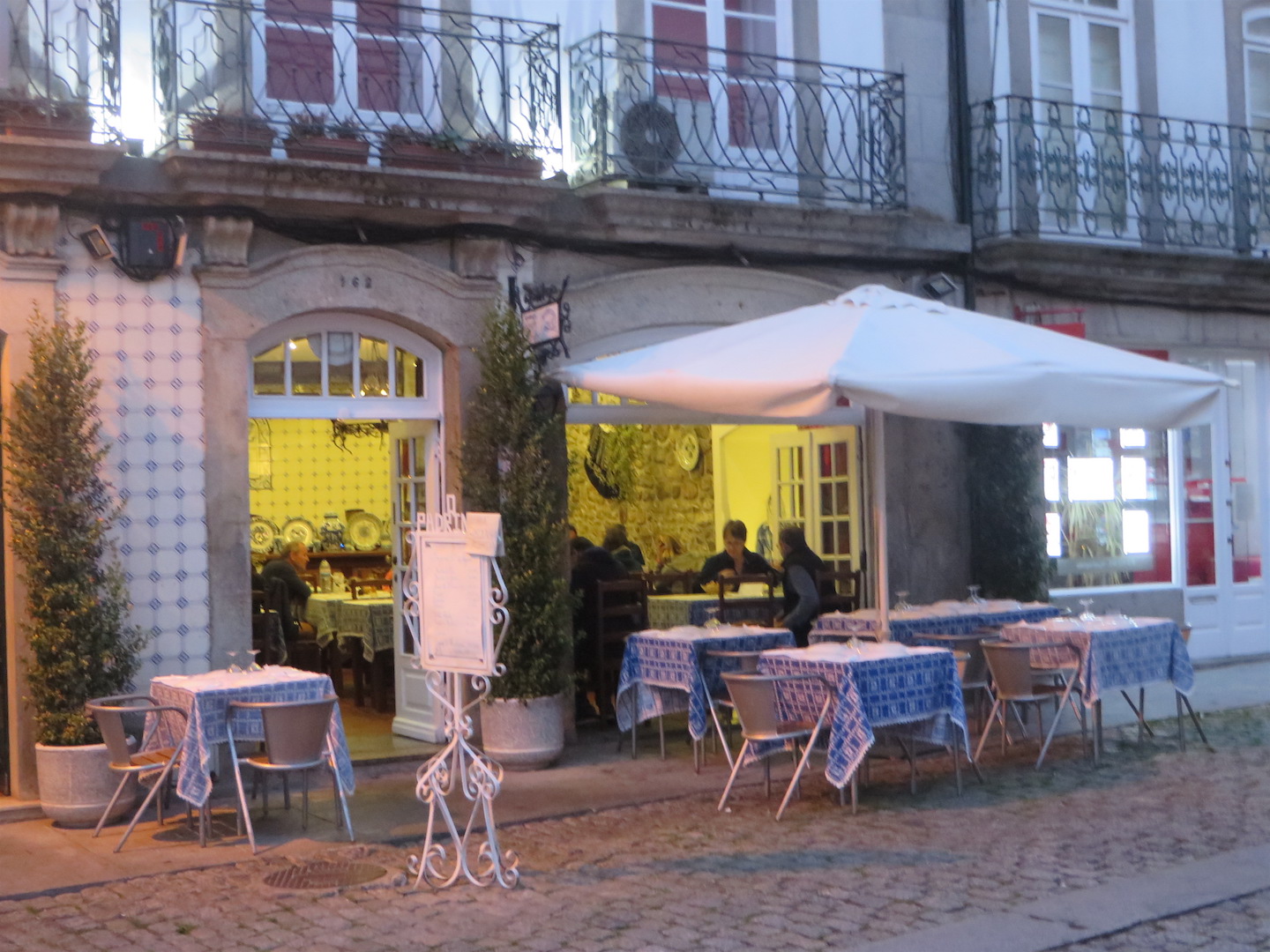
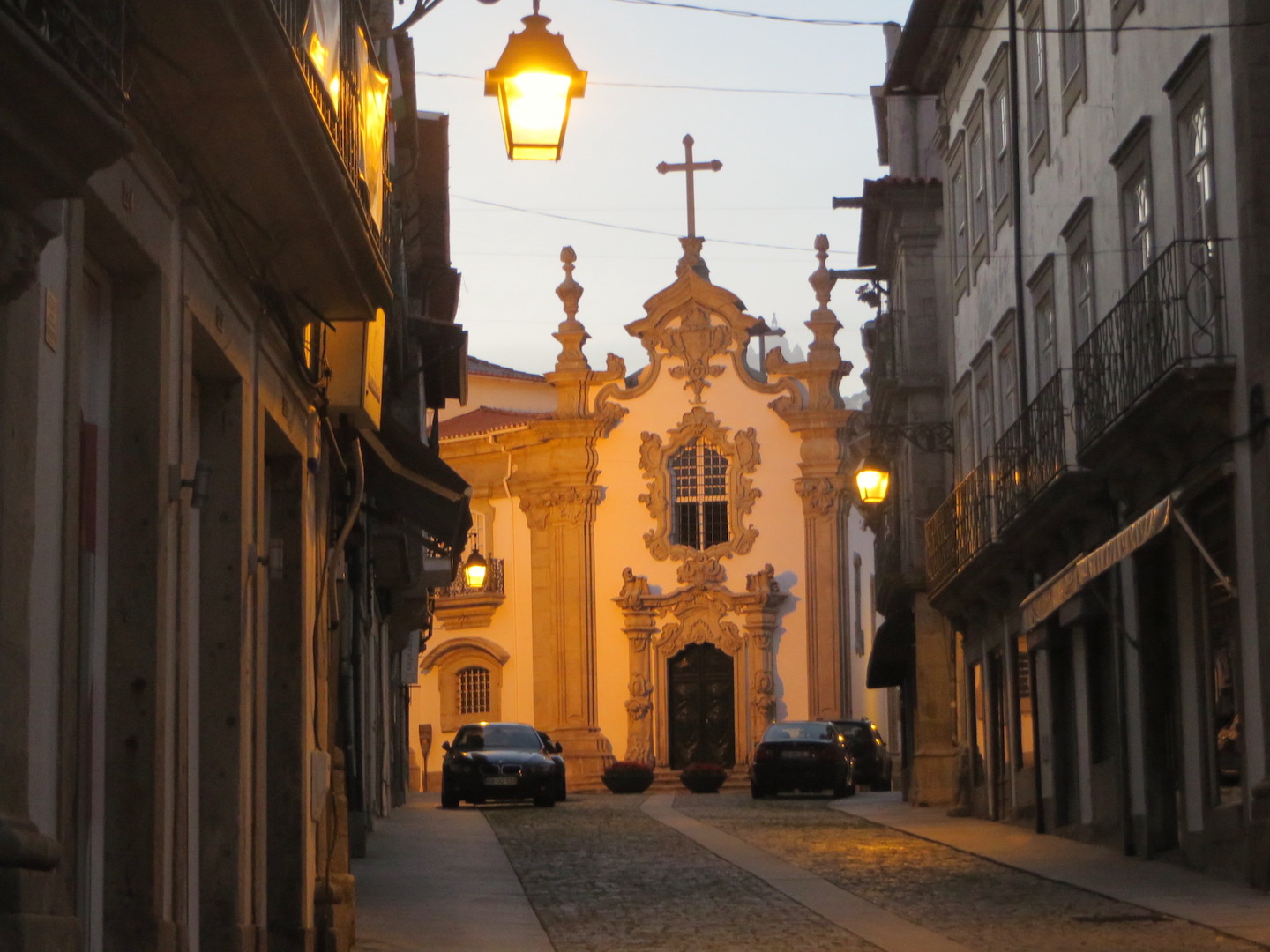

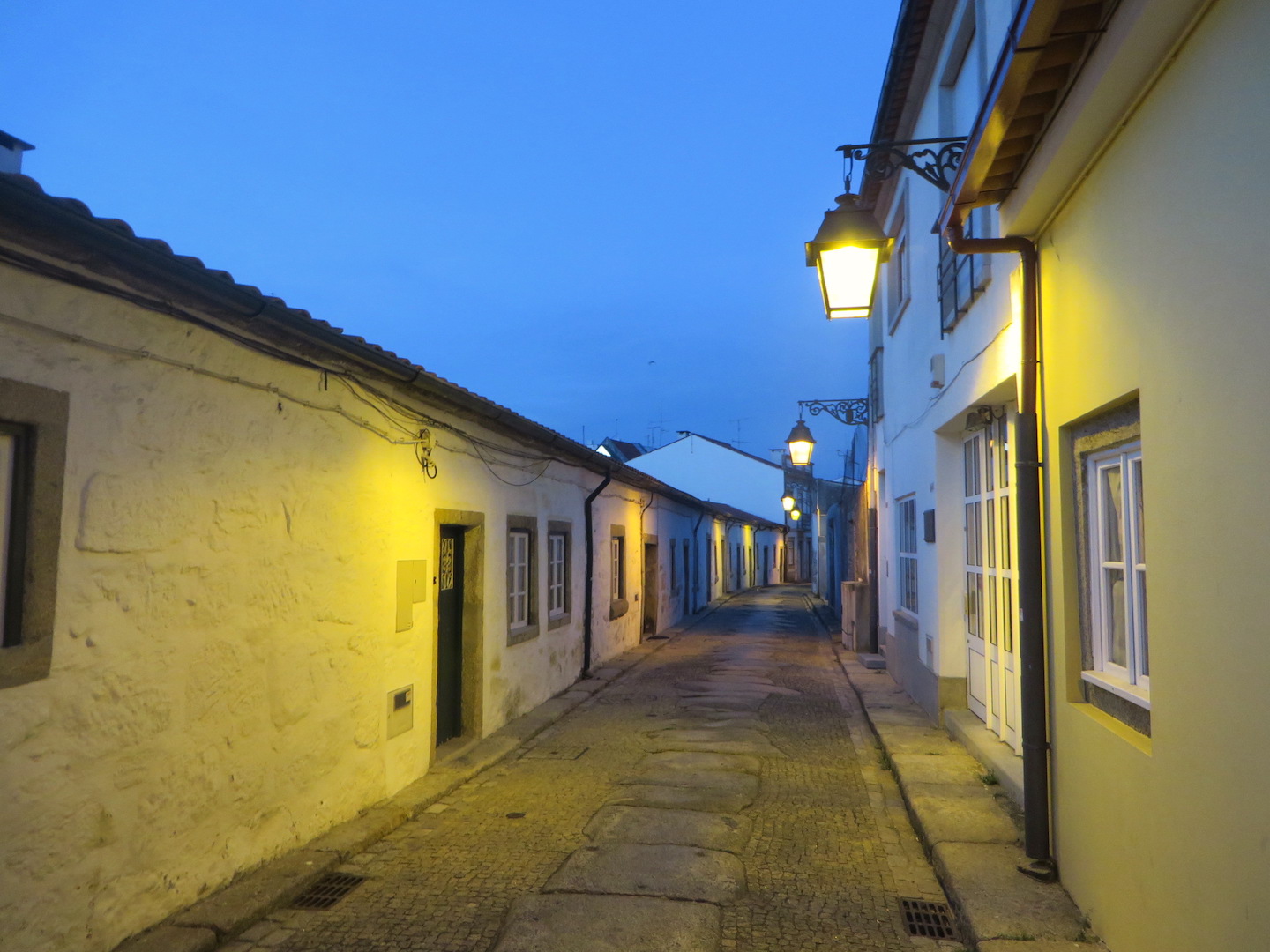
Post a Comment